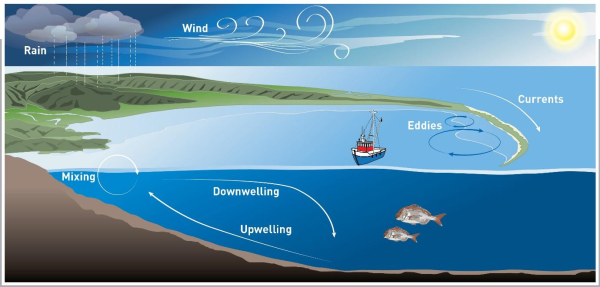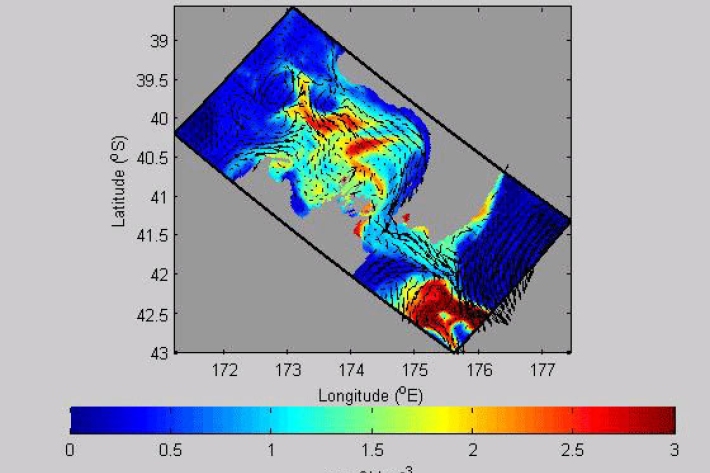At NIWA, we consider all components of the marine ecosystem important when trying to better understand the role of dynamic, ecosystem processes on the distribution and abundance of marine organisms in New Zealand’s marine environments.
To do this, researchers at NIWA have developed and/or use a suite of ecosystem modelling tools that range from representing a part of the ecosystem (e.g. ROMS Coupled physical-biologeochemical modelling) to whole-ecosystem models (e.g. Atlantis). Each of the modelling platforms in use, or being developed is described in further detail below – including the contact information for the associated researchers.
.
-

MICE model of predator-prey interactions in fisheries stock assessment
MICE (Models of Intermediate Complexity) is a type of ecosystem model that is question-driven, and contains a limited number of components and ecological processes. -
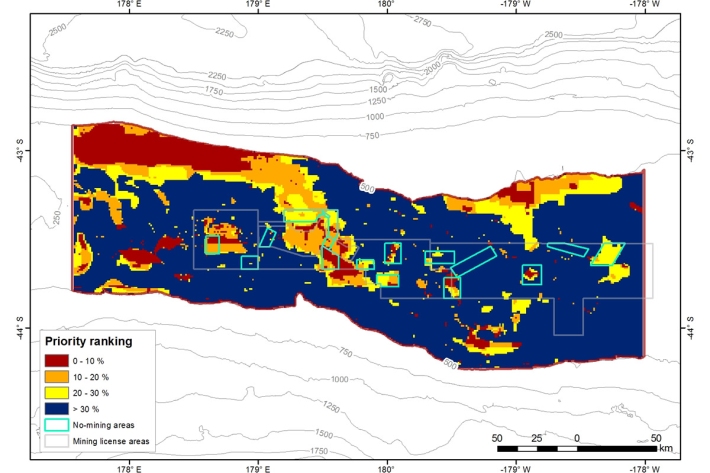
Resource trade-off models
Resource trade-off models are spatial models that use biological, environmental and socio-economic data to optimise management (protected area designation) across potentially conflicting uses, or across different ecosystem services. -
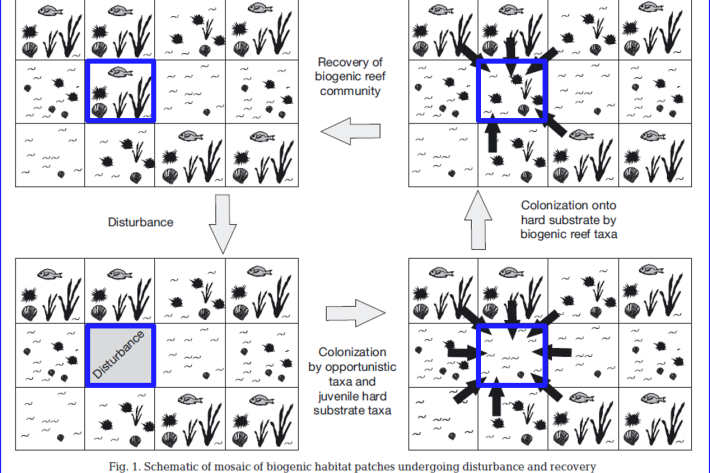
Spatially explicit disturbance/recovery models
Spatially explicit disturbance/recovery models are a cellular automaton that uses a mechanistic approach to investigate recovery rates of benthic species following disturbance events. -
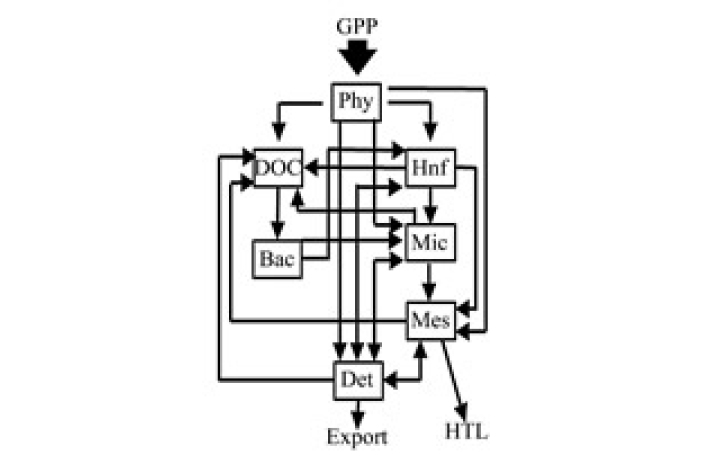
Linear inverse ecosystem model (LIEM)
LIEM synthesizes field measurements with a priori knowledge of ecosystem structure and physiological capabilities, to constrain material flows through an ecosystem. -

Ecopath with Ecosim (EwE)
Ecopath with Ecosim (EwE) is trophodynamic modelling software that uses a mass-balance approach to describe ecosystem based, marine food web interactions. -
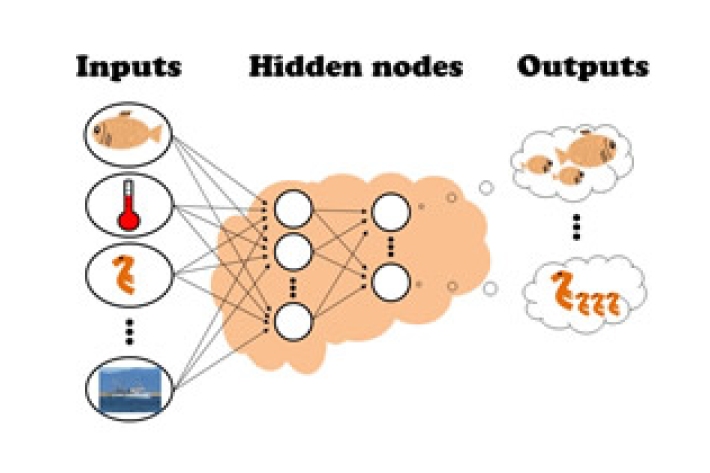
Machine learning ecosystem models
Unlike other ecosystem models, machine learning is built solely from the information it is presented. -
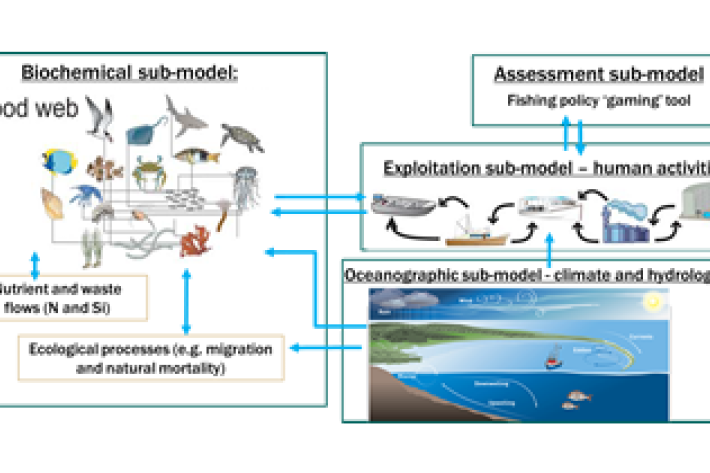
Atlantis ecosystem model
Atlantis is a 3D, spatially-explicit, trophodynamic ecosystem model that integrates biology, physics, chemistry and human impacts to provide a synoptic view of marine ecosystem function.

